Red Fern Plant: All You Need to Know
Red Fern plants are slow-growing evergreen plants which is one of the leading ferns to keep as houseplants. If you want to grow this fern at your home, then this article will guide you from head to toe.
Hence, this article will give you an overview of red fern plants along with their growing and caring tips so that you can easily supervise this reddish appearance at your house.
So let’s begin with their characteristics.
Overview of Red Fern Plants
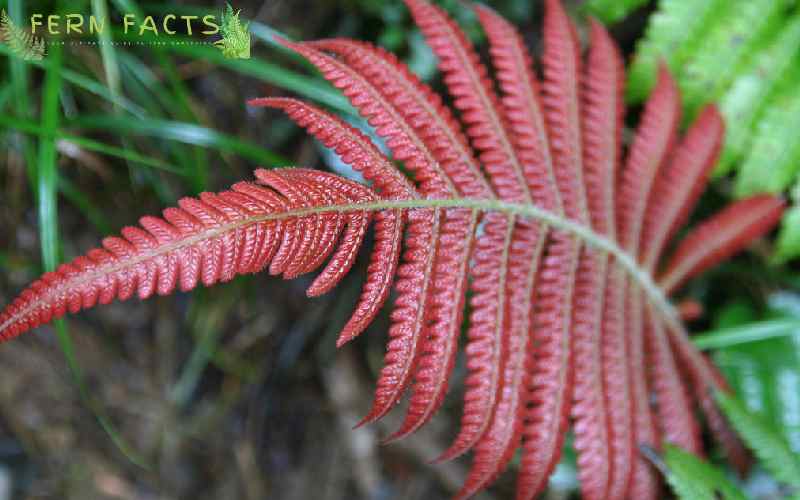
- Botanical name: Selaginella erythropus
- Common name: Red ferns, Red spikemoss
- Family: Selaginellaceae
- Genus: Selaginella
- Plant: Evergreen
- Native range: central and tropical South America
- Soil type: acidic, neutral, organic, well-drained soil
- Shade: partial, indirect sunlight
- Height: around 30 to 40 cm
Red ferns are stunning tropical ferns that are a phenomenal addition to any house or garden. Their striking, colorful fronds will make the garden more beautiful.
They are mostly native to tropical and South America. Recently, they have been introduced to the West Indies and Tanzania, as well. These red ferns can grow around 30 to 40 cm or 12 to 15 inches. Their upper portion or surface is green; the beneath is a bright red ruby color.
These red ferns crave plentiful water around themselves with an abundance of humidity. Similarly, they prefer temperatures to thrive at 10 to 24°C or 50 to 75° F t.
Because of their size, you can easily plant these ferns in any small pot, bowl, or container and place them in your house as houseplants.
Red Ferns Care and Maintenance
Since they are slow-growing ferns, you don’t need to pay much attention to them. Using simple guidelines, you can easily maintain and grow these ferns in your house.
Here are the ideal conditions for your red fern plants and some guidelines:
Light
TIdeal light conditions are one of the crucial factors for giving healthy environments and longevity to your red ferns.
Try to give them a bright, sunny location so that they can bloom. At least give them 6 hours of indirect sunlight every day so that they can grow actively.
You can also place them in mild morning sunlight for 2 to 3 hours so that they can get natural sunlight.
You better not keep them in a dull, shady place all the time because it can create discoloration in your beautiful ruby-colored fern.
Water
Red ferns crave moist soil, but they don’t prefer waterlogged conditions. Hence, try to keep the soil wet and damp; do not water unnecessarily or overwater your fern plants, which can give them rotten roots.
Conversely, do not let the soil dry completely as well. You can water the plants when the top layer of the soil seems dry to you, or you see cracks in the soil.
By maintaining moderate watering, you can make your Redfern plants thrive.
Soil
Red ferns can grow actively with a rich organic soil mixture. Therefore, try to use soil that is rich in nutrients.
So, choose the soil that is well drained so that it can hold the moisture and drain out yet excessive water. To mix the soil, you can combine soil, compost, perlite, and coarse sand.
Besides, you can add some peat moss or sphagnum moss to the soil, which will help the soil hold the moisture and maintain the acidic balance of the soil.
Fertilizing
For feeding, you can choose water-soluble fertilizer or liquid fertilizer, to help your ferns thrive. Try to dilute the feed to half-strength to avoid excessive burning of the roots.
Feed them once a month during their growing seasons and reduce the feeding level in the fall and winter since they don’t need that much fertilization in the fall and winter seasons.
Remember, do not over-fertilize or over-feed your ferns since it can burn their outer fronds tips, which lead them to discoloration.
Temperature and Humidity
Red ferns will thrive between 60 to 70 degrees Fahrenheit or 15 to 24 degrees Celsius. Although they can tolerate moderately cooler temperatures, they should still be protected from excessive cold and frozen atmospheres.
Similarly, red ferns prefer 60 to 70% humidity in the atmosphere to bloom. If your house is drier,, you can use a humidifier, or place a tray with water and peebles near them. It will increase the humidity level in the atmosphere.
Pruning
Red fern plants don’t need much pruning and trimming. However, you can cut off their dead and brown fronds to maintain their beautiful ruby coloration in your garden.
It will keep the plant’s vibrant ruby-red appearance.
Pests and Diseases
Red ferns can be a little sensitive around Spider Mites and Mealybugs. Therefore, if you see any infestations like tiny white bugs or webbing, then you need to act quickly to save the plants otherwise, you might lose your plants.
Better you use insecticidal soap or spray. Alternatively, you can use natural remedies like neem oil to eradicate those pests.

How to Propagation Red Ferns Plants
Red fern plants can be propagated by division, cutting, and spore collection. Let’s see those processes so you can germinate those ferns quickly in your house without spending money.
Wear gloves, take all your pruning tools, and sanitize them properly so they don’t harm the plants.
Division of Roots
To divide, you need to take the red fern plants and take them out of the pots. Then, loosen the soil from the roots. Later, dust off the soil from the plants.
In the meantime, divide the roots from the central plants with any trowel or knife. Make sure you take each part with the same sort of roots. Then, replant each section into a pot with a new mixing soil.
After replanting the ferns,, locate them in a partially shaded place and keep the soil moist until you see some new growth in them.
Cutting of Stems
For cutting, choose mature, healthy plants. Then, take your sharp scissors to cut off the fronds of the mature plants. Cut 2 or 3 fronds from the selected mature plants.
Later on, cover those fronds with a wet towel or tissue to give hydration. Then, prepare the soil for planting. You can choose fertile, compost, or peat moss and organic matter to enrich the soil.
After that, place the fronds on the soil mixture and cover it with soil. Keep the soil moist and locate them in an indirect, bright place. Over ime, you will notice stems connecting with the soil and forming roots as they grow.
Via Spores
Similarly, for the spore-collecting method, you must choose mature plants with new spores beneath the fronds. Next, use white paper or white cloth to collect the spores from the fronds.
You can tap or flick the fronds with your finger, which will auto-lead the spores to fall onto your paper.
Thirdly, mix the soil with rich fertilizers like compost, perlite, and peat moss; spread the spores all over the soil. Make sure that the spores don’t get direct sunlight because it can burn the spores.
Once the spores germinate, you can transfer them to a pot or a container. Later on, follow the above guidelines to have healthy, thriving red Fern plants in your house.
Discover More About Caring for and Growing Grow Lady Ferns.
Wrap Up
Red fern plants are elegant small ferns with ruby fronds under a green surface. Their ruby coloration enhances the garden’s look in a more promising way.
Nonetheless, following the guidelines, you can grow these elegant red fern plants at your house. Hence, you can give them a thriving life at your home with other plants.
Frequently Asked Questions (FAQ)
- Are Red Ferns toxic to pets?
- Yes, they are toxic to pets. They can cause stomach pains or vomiting as well. Better you keep them away from your pets.
- Are they edible?
- NO! Redfern are not edible.
- Can Red ferns be grown outside?
- YES, they can be grown as outdoor plants as well. But avoid direct sunlight areas to plant.
- How much humidity do Red ferns require?
- Red fern plants need humidity above 50% humidity in the atmosphere.
- What is the best time for pruning Redfern plants?
- Late winter and early spring would be ideal for them to prune.

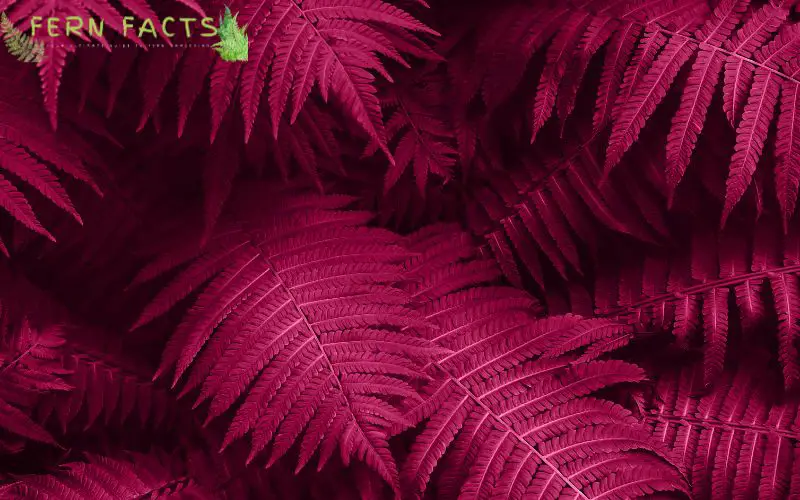
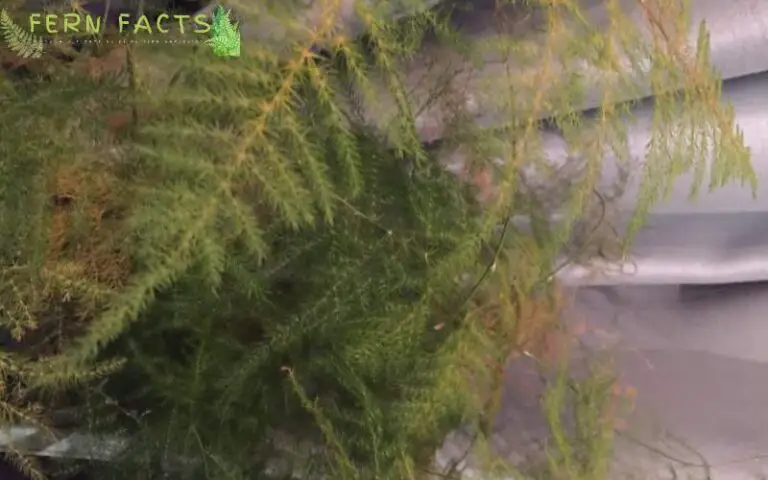

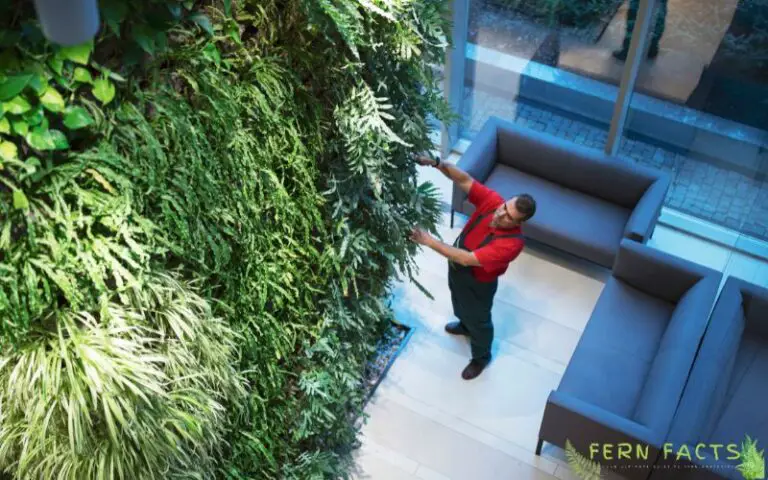
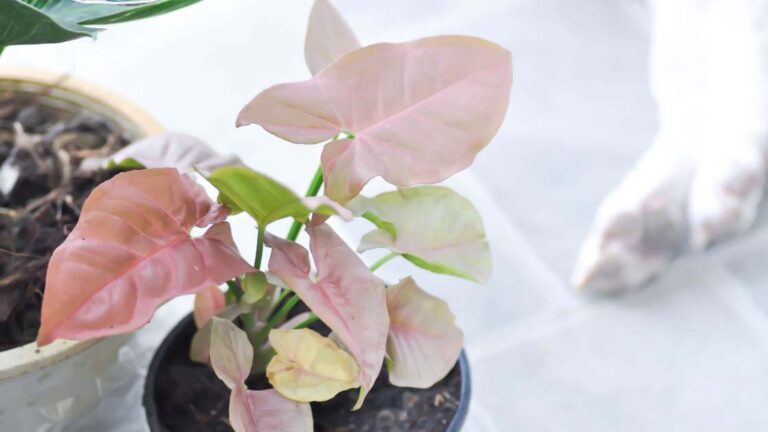


Plongez dans les souvenirs touchants d’une jeune fille en quête de soi avec ce livre incontournable. Entre moments de joie intense et instants de tristesse, l’auteure nous livre un témoignage vibrant. Téléchargez la version électronique pour emporter cette histoire captivante partout avec vous et la lire à votre rythme. https://lecoeurarireetapleurerpdf.site/ Le Cœur À Rire Et À Pleurer Texte Intégral